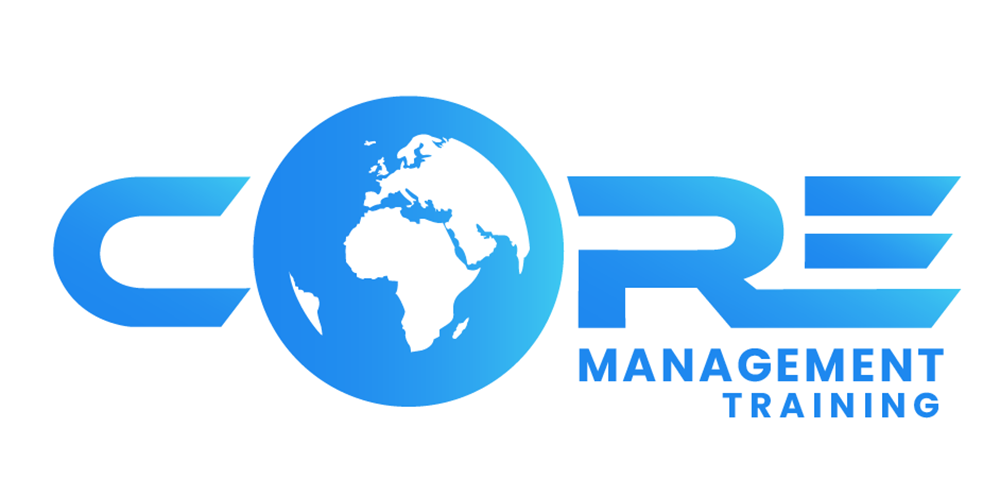While the physical impacts of COVID-19 are increasingly becoming known and documented, the same cannot be said of the psychological impact, and it is this psychological impact that is likely to have the greatest effect on how employee’s well-being is managed in a post-COVID world. To effectively manage employees’ well-being, it is important to understand the potential mental issues they face.
Potential Psychological Impact
Mental health experts have predicted the true psychological impact of COVID-19 will not immediately become evident; rather, over the next five or so years, we will grow to have a better understanding. To date, we have seen an increase in depression and anxiety, grief processes, fears around returning to an office environment, and the negative impact of isolation. Still, evidence suggests that the issues people are currently experiencing may well only be the tip of the iceberg.
It is becoming apparent that a one-stop approach to employee well-being is increasingly becoming more untenable, as the unique impact that the pandemic has had on the general population manifests itself in different ways.
Approaching the Psychological Impact in the Workplace
The unknown impact on employees makes managing their well-being an extremely fluid concept.
Be Proactive and Honest
A hands-on approach from management presents as a necessity now more than ever. Significant portions of the working population have spent the last year attempting to deal with job loss and financial insecurity. The anxiety associated with this will not go away overnight, nor is referring the employee to an EAP service a solution. This is one occasion when the reward of picking up the phone and making contact with each staff member to provide reassurance is likely to far outweigh the time and productivity associated costs of making that call or stopping by their desk or office and spending five minutes with them.
Of course, many organizations face uncertain futures, and this cannot be misrepresented, but even an honest acknowledgment of uncertainty is better than nothing or the dreaded all-staff email, which employees typically spend more time reading between the lines than the lines themselves. Remember, accessibility costs very little but can be worth its weight in gold.
Flexibility is Key
This may need to be accompanied by a more flexible approach to the working day, although flexibility is something that companies have been relatively proactive in approaching in recent years. The impact of the pandemic calls for even greater flexibility. Employees with anxieties about returning to the workplace and the social contact it entails through to those suffering the grief and personal tragedy associated with the virus will benefit from a flexible approach.
The difficulty is this is very much a “horses for courses” type situation. Allowing an employee to remain working remotely, for example, may not necessarily be the best approach as clearly this will be an issue that can affect all aspects of their lives if not addressed.
Managers will need to work with employees and ensure they address any mental obstacles to returning to work. This might involve making professional assistance available. At the same time, they will need to work with the employee to return them the same degree of functioning as pre-pandemic days. This is going to take a flexible approach.
It’s all about Balance
While employee well-being is essential, it mustn’t come at the expense of the organization’s culture or team dynamics. It is unfortunate that once flexible and individualized approaches become part of an organization’s vocabulary, the professional jealousies and cries of favoritism start to surface, which, if left unaddressed, can fester and grow.
There are issues of confidence and privacy in play for the struggling employees, which need to be balanced against the overall good of the team. Managers must strike a balance between the two competing interests.
It is a sad reality that there will be employees who try to take advantage of an employer’s goodwill in this regard, and that too will need to be addressed sensitively.
An Opportunity to Shine
For managers, the next few years in the workplace are shaping to be difficult as the psychological impacts of the pandemic become known; however, it also represents an opportunity for the genuine leaders out there to shine. Taking the time to brush up on people management skills will be something that will pay dividends down the track.
While setting aside funds for EAP types programs is commendable and will certainly be appreciated, the current challenges call for more. Like no time in recent history, this is a time where the actions of managers and how they address employee well-being can affect the long-term success of an organization. If an organization can get the balance right then, they are likely to have a very loyal workforce going forward.
It will also help to re-establish the importance of connections in an age where interacting person to person rather than by emails or messaging is becoming an increasingly endangered concept, but one that has the potential to impact an employees’ well-being greatly


